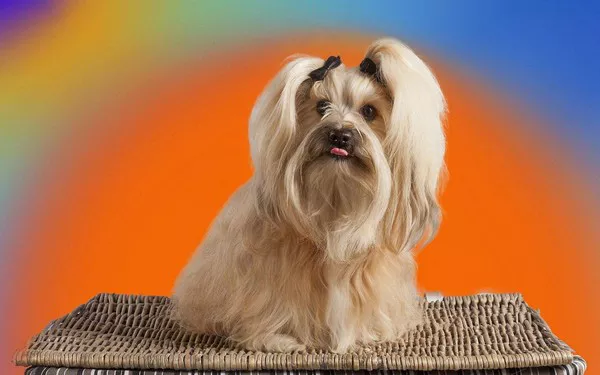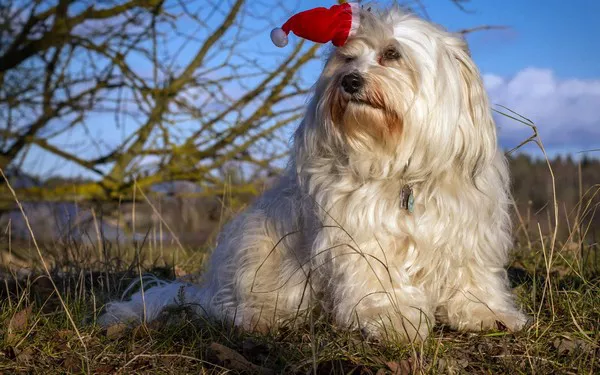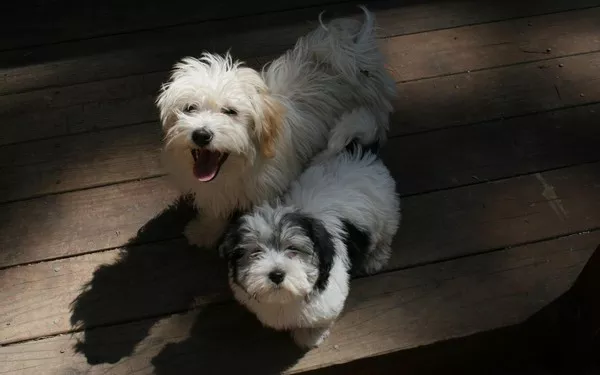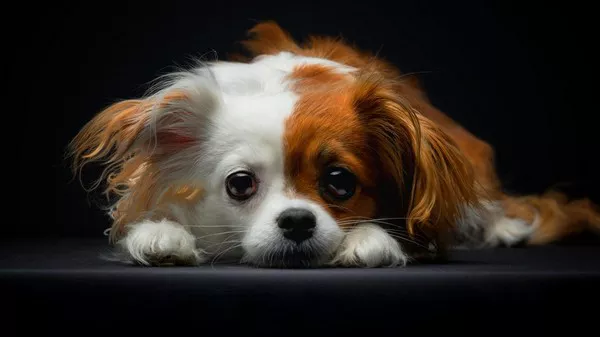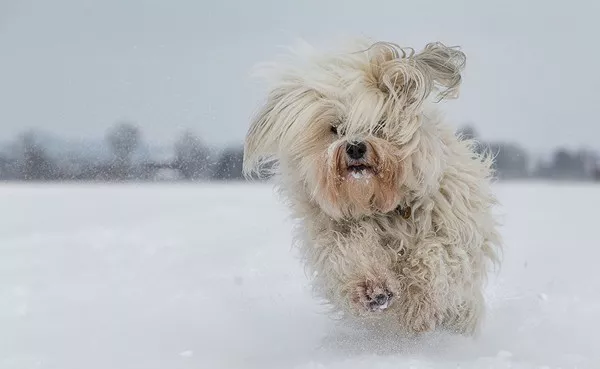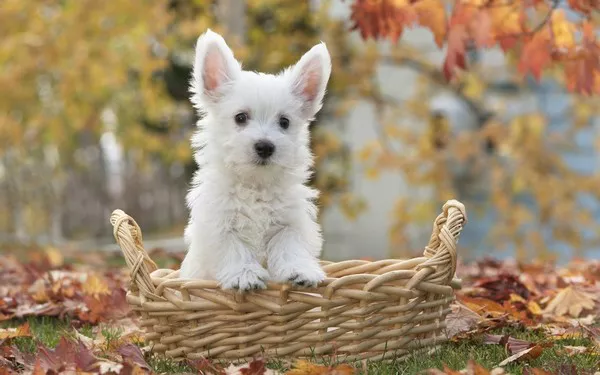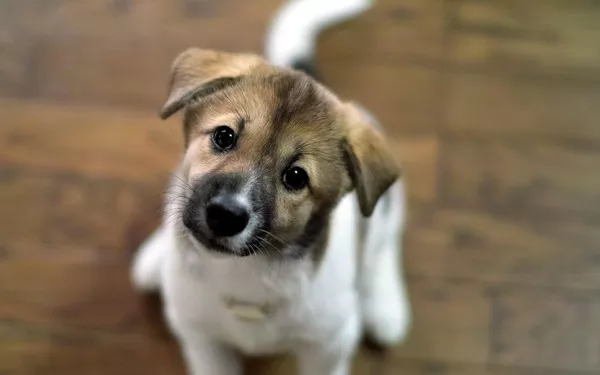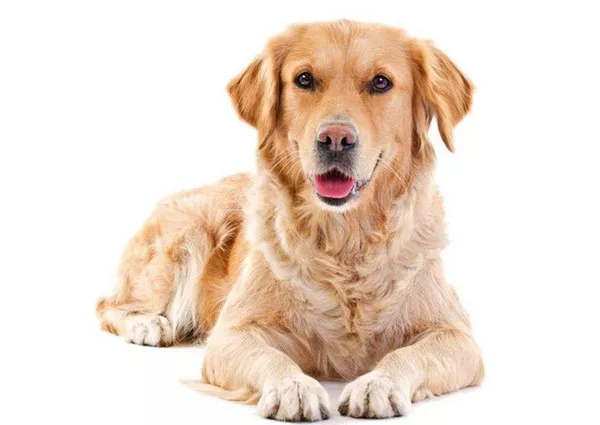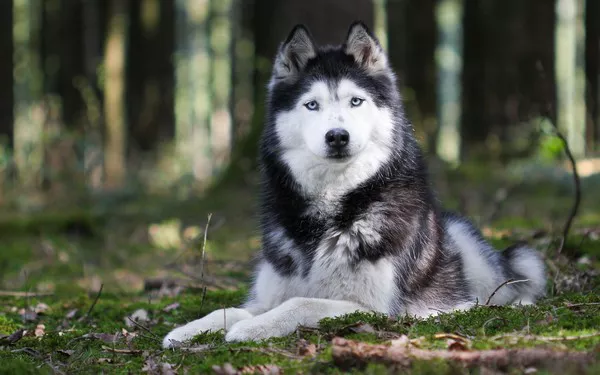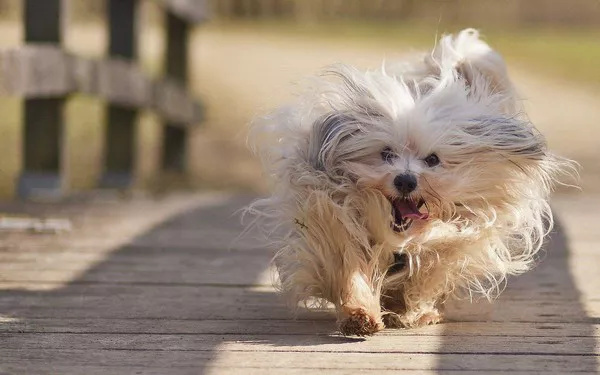The Schnauzer-Poodle mix, commonly known as the Schnoodle, is a popular designer dog breed that combines the distinctive traits of two beloved breeds: the Schnauzer and the Poodle. This hybrid breed has gained popularity for its charming appearance, intelligence, and versatility. This article provides an in-depth look at what makes up the appearance of a Schnoodle, exploring the physical traits inherited from each parent breed, variations within the breed, and the factors that influence their overall look.
Understanding the Parent Breeds
To fully appreciate what a Schnauzer-Poodle mix looks like, it’s essential to first understand the characteristics of its parent breeds.
The Schnauzer
Schnauzers are a distinctive breed known for their wiry coats, prominent eyebrows, and unique beard and mustache. They come in three sizes: Miniature, Standard, and Giant, each with its own set of characteristics but sharing a common overall look.
Miniature Schnauzer: Typically stands between 12 to 14 inches tall and weighs around 11 to 20 pounds. They have a compact, robust build with a square profile and a distinctive, expressive face.
Standard Schnauzer: Ranges from 17 to 20 inches in height and weighs about 30 to 50 pounds. They possess a similar appearance to the Miniature but in a larger size.
Giant Schnauzer: The largest of the three, standing 23.5 to 27.5 inches tall and weighing 55 to 85 pounds. They are powerful and robust, with a more imposing presence.
Schnauzers have a dense, wiry coat that is low-shedding but requires regular grooming. Their coat colors include black, salt-and-pepper, and black-and-silver. Their distinct facial features, including their bushy eyebrows and beard, give them a very recognizable and expressive look.
The Poodle
Poodles are renowned for their intelligence, elegance, and hypoallergenic coat. They come in three sizes: Toy, Miniature, and Standard.
Toy Poodle: Stands up to 10 inches tall and weighs around 4 to 6 pounds. They are delicate and refined, with a petite build.
Miniature Poodle: Ranges from 10 to 15 inches in height and weighs 10 to 15 pounds. They are slightly sturdier than Toy Poodles but still retain a graceful appearance.
Standard Poodle: Stands 15 inches and taller, typically weighing 40 to 70 pounds. They are known for their athletic build and sophisticated demeanor.
Poodles have a curly, hypoallergenic coat that can be kept short or styled in various ways. Their coat colors are highly variable, including black, white, apricot, and gray, among others. Their appearance is characterized by a refined and elegant bearing, with a long neck and a proud stance.
Physical Appearance of the Schnoodle
The Schnoodle inherits a blend of physical traits from both the Schnauzer and the Poodle, resulting in a diverse range of appearances. However, certain characteristics are commonly seen among Schnoodles.
Size and Build
The size and build of a Schnoodle can vary significantly depending on the size of the Schnauzer and Poodle parents. Generally, Schnoodles fall within the following size ranges:
Toy Schnoodle: Resulting from a Toy Poodle and a Miniature Schnauzer, these dogs typically weigh between 6 to 12 pounds and stand about 8 to 12 inches tall.
Miniature Schnoodle: Produced by crossing a Miniature Poodle with a Miniature Schnauzer, they generally weigh 10 to 20 pounds and stand 12 to 16 inches tall.
Standard Schnoodle: A mix of a Standard Poodle and a Schnauzer, these Schnoodles are larger, weighing 20 to 50 pounds and standing 16 to 20 inches tall.
Overall, Schnoodles tend to have a compact and sturdy build, with a well-proportioned body that combines the Schnauzer’s robust structure with the Poodle’s gracefulness.
Coat and Color
One of the most distinctive features of the Schnoodle is its coat, which is a blend of the Schnauzer’s wiry texture and the Poodle’s curly fur. The coat can vary from soft and curly to wavy or even straight, depending on the genetic contributions from each parent.
Texture: The coat of a Schnoodle often inherits the Poodle’s hypoallergenic qualities, making it less likely to trigger allergies in sensitive individuals. However, it may still require regular grooming to prevent matting and tangling. The texture can range from the dense, wiry coat of the Schnauzer to the soft, curly fur of the Poodle.
Color: Schnoodles come in a wide variety of colors, depending on the colors of their parent breeds. Common colors include black, white, gray, cream, apricot, and brown. The coat can be a solid color or feature a mix of patterns, such as brindle or parti-color (two or more distinct colors).
See Also: Are Schnauzers Hard to Potty Train?
Face and Expression
The face of a Schnoodle can exhibit a blend of the Schnauzer’s and Poodle’s characteristics. Typically, Schnoodles have a well-defined, expressive face with prominent eyebrows and a friendly, alert expression.
Eyes: Schnoodles usually have dark, almond-shaped eyes that convey intelligence and curiosity. The size and shape of the eyes can vary but are generally expressive and well-proportioned to the face.
Ears: The ears of a Schnoodle can be floppy or slightly erect, depending on which parent breed’s traits are more dominant. Generally, Schnoodles inherit the Poodle’s slightly wavy ears or the Schnauzer’s more structured and set-back ears.
Muzzle: The muzzle of a Schnoodle is typically moderate in length and can be a blend of the Schnauzer’s square muzzle and the Poodle’s more tapered, refined muzzle. The overall effect is a balanced and appealing facial structure.
Variations and Unique Traits
While the Schnoodle is a mix of two distinct breeds, the specific traits can vary greatly from one dog to another. Some factors influencing these variations include:
Genetic Inheritance
The appearance of a Schnoodle can be influenced by the genetic contributions from both parent breeds. Some Schnoodles may lean more towards the Schnauzer’s appearance, with a wiry coat and distinctive beard, while others may resemble the Poodle more closely, with a curly, hypoallergenic coat and elegant build.
Coat Variation: Schnoodles with a higher proportion of Poodle genes may have a more curly or wavy coat, while those with more Schnauzer influence may have a coarser, wiry texture.
Size Differences: Depending on the size of the parent breeds, Schnoodles can vary significantly in size. A Schnoodle’s size can range from very small, toy-like versions to medium-sized dogs, reflecting the diverse genetic background of this hybrid breed.
Grooming and Maintenance
The grooming needs of a Schnoodle depend largely on their coat type. Schnoodles with a curly or wavy coat require regular grooming to prevent matting and tangling. This includes brushing several times a week and occasional trimming to maintain a neat appearance. Schnoodles with a wiry coat may require less frequent grooming but still benefit from regular brushing to keep their coat healthy.
Bathing: Regular bathing is necessary to keep the Schnoodle’s coat clean and free of excess oils. However, over-bathing can strip the coat of natural oils, so it’s important to use a gentle, pet-safe shampoo and bathe them only as needed.
Trimming: Schnoodles may require professional grooming every 6 to 8 weeks to keep their coat in optimal condition. Regular trimming helps manage shedding and prevents matting, especially in those with curly coats.
Conclusion
The Schnauzer-Poodle mix, or Schnoodle, is a fascinating and diverse hybrid breed that combines the distinctive traits of both parent breeds. With its charming appearance, which can range from wiry to curly, and a friendly, intelligent demeanor, the Schnoodle appeals to many dog lovers. Understanding the traits inherited from the Schnauzer and Poodle helps provide a clearer picture of what to expect in terms of appearance and grooming needs.
Whether you’re drawn to the Schnoodle’s unique coat, its expressive face, or its adaptable size, this breed offers a blend of characteristics that make it a versatile and appealing choice for many families. By understanding the genetics and characteristics of both the Schnauzer and the Poodle, prospective Schnoodle owners can better appreciate the hybrid’s varied appearances and ensure they provide the best care for their unique and charming companion.
Related Topics:

